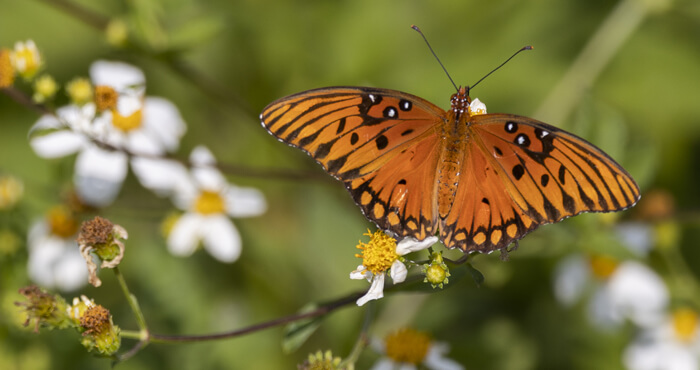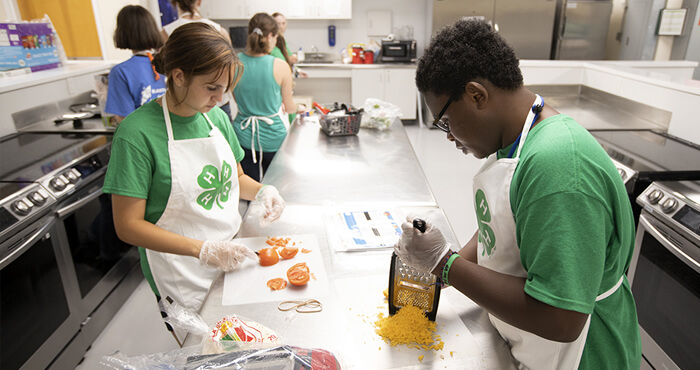
Requeening a Beehive
There are many reasons to requeen a bee colony. The current queen may not be in the best condition, you may want to minimize swarming tendencies, or you may have a new nucleus colony. Whatever the reason, September is a good time to requeen a colony because queens are readily available and less expensive during this month. Also, the new queen can produce a large population of winter bees and spring bees, and the timing gives the new queen many opportunities to be accepted. Requeening in September also gives beekeepers the chance to replace a queen that is not accepted. Additionally, a first-year queen is less likely to swarm the following spring.
Purchasing a Queen
Requeening is done to maintain manageable colonies so they aren’t a threat to the beekeeper or community. Beekeepers are advised to replace the current queen with a European honey bee purchased from a breeder rather than allowing the colony to produce its own queen. Queens should be purchased from Florida breeders that follow Florida’s Best Management Practices (BMPs) for queen breeders. If this isn’t possible, beekeepers can also purchase production queens from a part of the country where African honey bees aren’t present.
It is best to replace the queen with a young, strong one—younger queens produce more pheromones, which help reduce swarming tendencies. Having a young queen laying eggs at an optimal rate also ensures a healthy bee population.
Replacing the Queen
You should clip the queen’s wings as a precaution because it restricts her from leaving with the swarm. If she can’t leave the colony, the swarm will not leave either. Clip the queen’s wings by holding her between your thumb and index finger and cutting half the forewing on one side of her body.
- Although there is no hard rule, beekeepers are recommended to requeen colonies every year to prevent swarming behaviors. If possible, this should be done four to six weeks before the principle nectar flow or in late summer when queens are more available.
- Replace the current queen with a European honey bee queen if you suspect that a colony is headed by an Africanized queen. Florida beekeepers are also discouraged from collecting any swarm that can’t be requeened immediately.
- If one of your production colonies loses a queen or swarms, you can requeen the colony with a nucleus colony, or nuc, which is a small version of full-sized Langstroth colonies.
Beekeepers should remember to remove the existing queen first. The new queen can be introduced to the colony a few hours later in a malling cage, in between frames of brood covered in young bees, or a pushin cage.
Adapted and excerpted from:
S. DeBerry, J. Crowley, and J. D. Ellis, "Swarm Control for Managed Beehives" (ENY-160), UF/IFAS Entomology and Nematology Department (revised 12/2016).
M. K. O'Malley, J. D. Ellis and G. W. Hayes, Jr., "Explaining the Best Management Practices for Maintaining European Honey Bee Colonies" (ENY-158), UF/IFAS Entomology and Nematology Department (revised 12/2017).
M. T. Sanford, "Florida’s Climate and Its Beekeeping" (ENY-134), UF/IFAS Entomology and Nematology Department (revised 09/2016).
“Honey Bee Hive Maintenance during the Summer Months,” Panhandle Ag e-News (06/2012).
RESOURCES
UF/IFAS Publications
- Agribusiness
- Agricultural Health and Safety
- Agronomy
- Crops
- Florida Forage Handbook
- Vegetables & Herbs
- Livestock and Poultry
- Nurseries and Greenhouses
- Florida Soil and Water - by County
- Sustainable Agriculture
- Weed Management in Field Crops and Pasture Grasses (WMG)
State & Federal Agencies
- Florida Department of Agriculture and Consumer Services (FDACS)
- Fish and Wildlife Research Institute—Florida Fish and Wildlife Conservation Commission
- Florida Department of Environmental Protection
- South Florida Information Access (SOFIA)—U.S. Geological Survey
- U.S. Department of Agriculture (USDA)
- U.S. Forest Service—USDA
- U.S. Environmental Protection Agency (EPA)
- U.S. Fish & Wildlife Service
- U.S. Geological Survey (USGS)



.jpg)

.jpg)